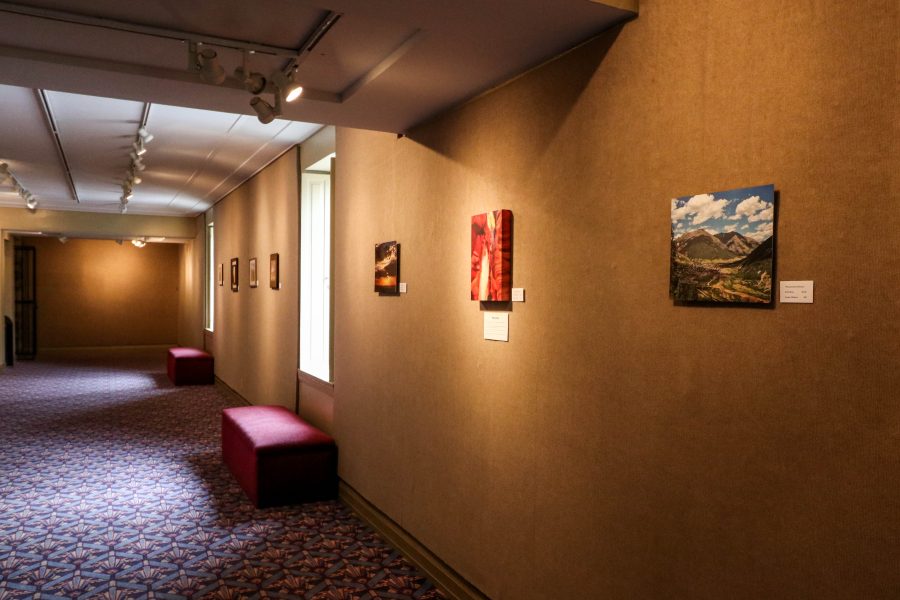When Lindsay Madison went out west in 2009, she took a disposable camera with her. She was “astounded,” she said by the beautiful sights she saw. But when she came back and starting sharing the photos she’d taken with friends they just didn’t match up to what she had seen.
“It was really disappointed when I got back at my pictures because I was trying to tell people about my trip and I looked at my picture and I thought about how it really was and it just didn’t capture it at all,” Madison said.
One of her friends suggested she get a digital camera for herself so she make sure she got the picture she wanted. Now, eight years later, the UA alum is sharing her photos at the Junior League Gallery at the Bama Theatre in an exhibit called “Nothing Adventured, Nothing Learned” on display through August 31.
The exhibit came about when she ran into Sharron Rudowski, the Education Director and Gallery Coordinator for The Arts Council, during an event at the Dinah Washington Cultural Arts Center. Madison introduced herself and told Rudowski about her photography that, at the time, was on display at Ernest & Hadley Booksellers.
“There wasn’t a lot there at the time but there was enough that I could tell I really liked her landscape pieces,” Rudowski said.
Since the Dinah Washington Center is booked up for two years, Rudowski suggested they display Madison’s photography in the Junior League Gallery instead since it was available this summer.
“I’m trying to get recognized,” Madison said. “I’m trying to get my name out there. People don’t know me as a photographer yet. They’re starting to. And I’m starting to realize that I could really do something that I enjoy and hopefully make money at it.”
But it’s not just about money for Madison. Her main goal is sharing her photography, she said, is to share pieces of nature with people that they may not get to see otherwise and to encourage them to pay more attention to the environment.
“The purpose is not to see how much money I can make but to allow people learn about their own surroundings and appreciate it and maybe motivate them to get outside,” she said. “For one, to take care of what we have in nature but to get outside and it and enjoy it because it’s fun. It’s enjoyable. I want them to be able to realize that.”
Madison said she hopes that if people can appreciate her art they could appreciate the real thing and potentially be more motivated to help protect the environment.
“If we don’t take care of it, it won’t be here anymore,” she said. “Our children’s children and the next generation, I hope that they can see things that look this beautiful. I hope that they don’t just see trash everywhere and buildings everywhere. I don’t see a big concrete city being as beautiful as nature, what nature can create.”
Every so often, Madison’s exhibit will change as pieces are sold and she brings in new ones to replace them. At some point, she said, she’s considering bringing in more new photos to keep the gallery interesting.
“I don’t want to change it up too much but at the same time I have the space available through August and since it’s kind of a long time I would love to be able to tell people there’s new stuff you can go see,” she said.
One of her favorite photos on display is a photographed called “Piper” that she took in Arizona. While on that trip she heard the tale of Kokopelli, a sacred god of many Southwestern Native Americans who is typically depicted as a flute player. While walking past a group of rock formations she say a shadow in the shape of flute player and quickly grabbed her camera to take a picture before the setting sun changed the shadow.
“Some people might look at this and completely miss the flute player because they’re looking at the rock but I saw the flute player immediately,” she said. “It’s what you see and I love that. I don’t want anybody to think a photograph of mine, that they’re supposed to see it a certain way. You’re not. That’s what art is. You see it how you see it.”









